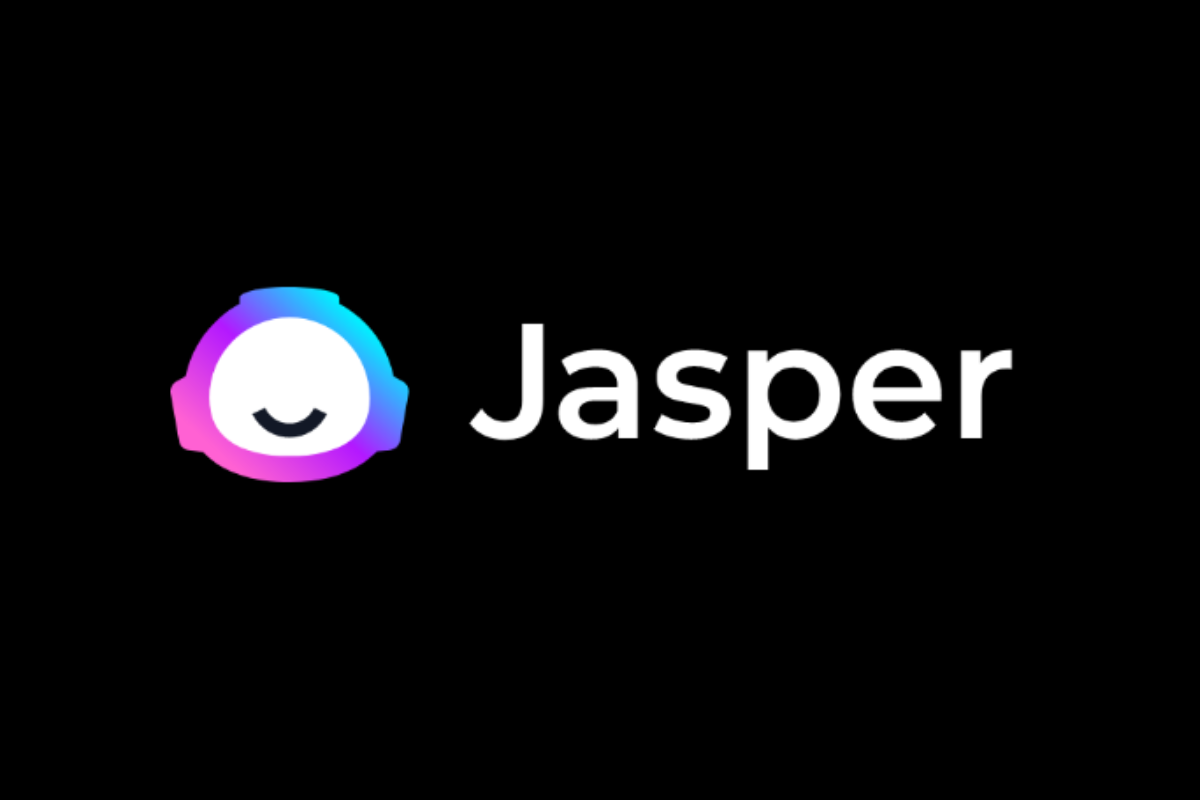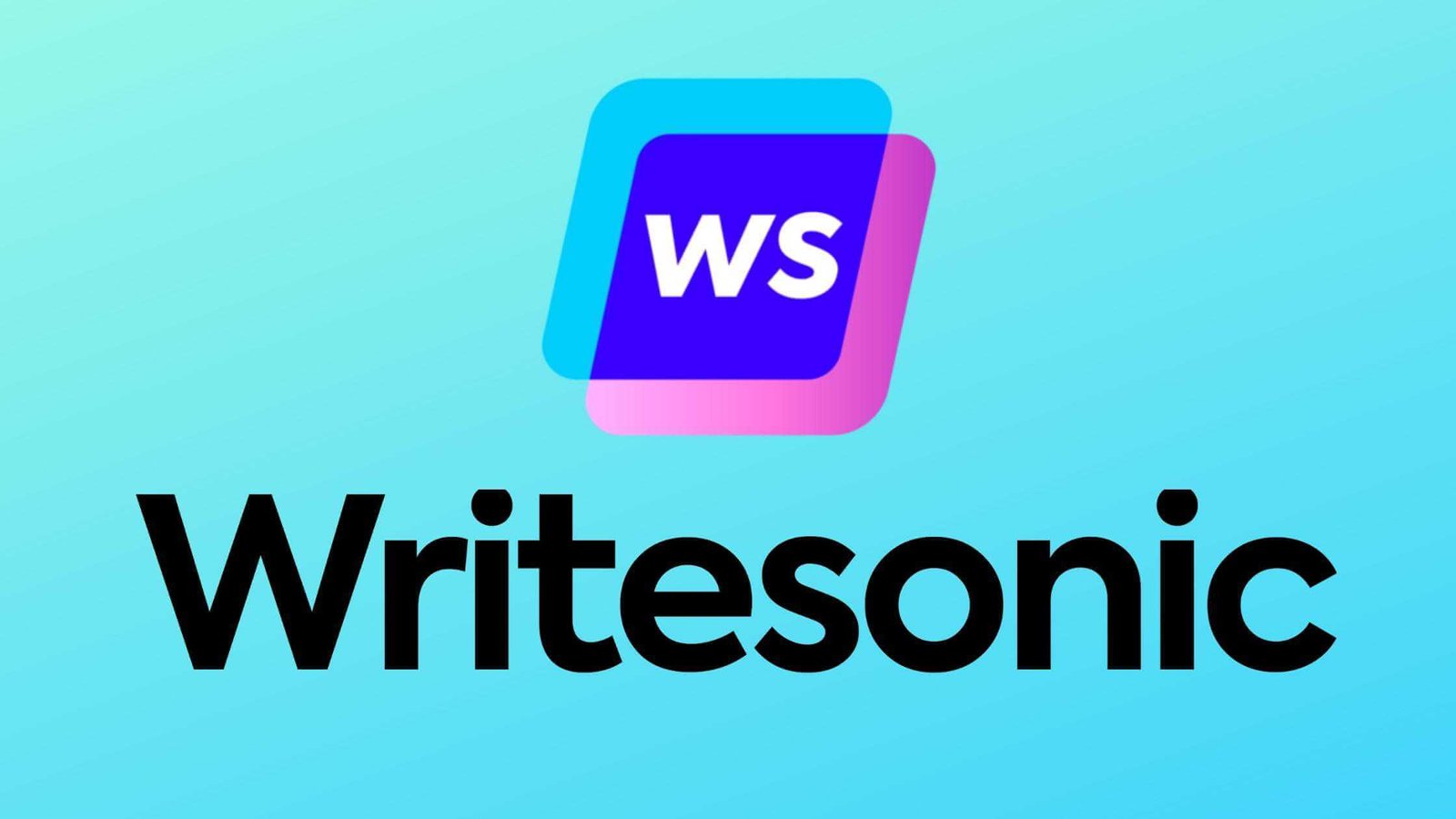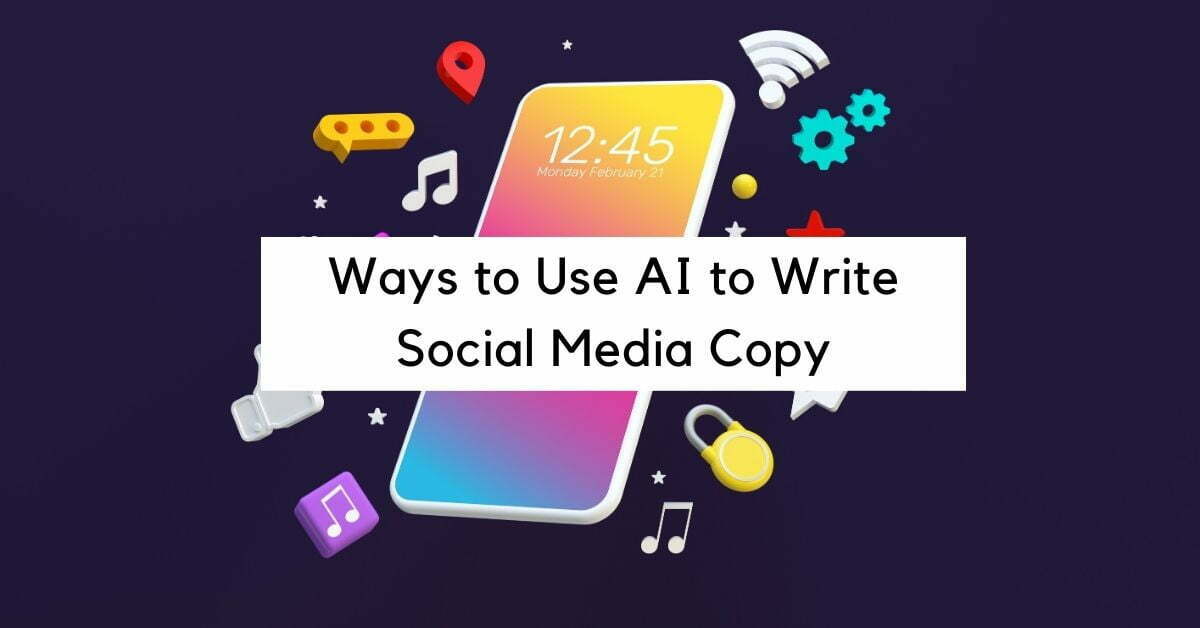7 Ways to Use AI to Write Social Media Copy
Have you been struggling with churning out tons of posts and updates for all your social media accounts? Writing copy that’s engaging, authentic, and optimized for each platform is no easy feat. But don’t worry, AI is here to help. AI tools have become incredibly advanced and can analyze your past posts to mimic your tone and cadence. The result is copy that sounds like you wrote it but took a fraction of the time.
Why you should use AI for your social media copy
Using AI to generate your social media posts is something you should seriously consider. Here are a few reasons why.
It saves you time
Coming up with creative yet compelling copy for multiple social networks on a regular basis is time-consuming. AI tools can generate suggested posts in just a few clicks, so you can spend less time writing and more time engaging with your followers.
Using AI for your routine social media copy needs means you have more time to focus on the strategic side of things, like planning social media campaigns, engaging with influencers, analyzing your metrics, and more.
It provides consistency
An AI-generated copy will have a consistent tone and style, even when created at scale. This helps build brand recognition and trust among your followers. They know what to expect when they see a post from you.
It optimizes engagement
Many AI writing tools are designed to generate social media copy that will resonate most with your target audience. They can suggest posts that encourage liking, commenting, and sharing to increase engagement.
How to generate social media using AI
Using AI to generate social media copy is easier than you think. Here are a couple of ways you can put artificial intelligence to work for you:
1. Choose your AI tools
To get started with AI for social media copywriting, you’ll need to choose a tool that suits your needs. There are many options available, from simple bots to sophisticated software. Consider the following factors when selecting your AI tool:
ChatGPT
ChatGPT is an AI model developed by OpenAI that engages in conversational dialogue. It functions as a chatbot, similar to automated chat services on customer support websites. What sets ChatGPT apart is its training using reinforcement learning from human feedback (RLHF), which enables it to challenge incorrect assumptions, answer follow-up questions, and admit mistakes. Due to its training on a dataset of human conversations, ChatGPT can understand context, intent and have more natural and intuitive conversations.

Jasper.ai
Jasper AI is an advanced AI-powered robotic writer that can generate content five times faster than an average human copywriter. It is known for delivering 100% original content with no plagiarism flags and offers pre-written templates on specific categories. Jasper AI specializes in writing SEO-friendly content that is optimized to attract sales and pitches.

Writesonic
Writesonic is a platform powered by AI that enables users to create various forms of content ten times faster. It functions like Canva for writing and offers tools to simplify the process of creating, editing, and publishing SEO-optimized articles, blog posts, ads, landing pages, eCommerce product descriptions, social media posts, and more.

2. Brainstorm ideas for social media post ideas
Coming up with engaging social media content ideas can be challenging. But with AI, you have a secret weapon to boost your creativity. Here are a few ways AI can generate social media post ideas for you:
Get inspiration from competitors
See what kinds of content your competitors post and how people engage with it. Then put your own spin on their ideas or improve upon them. AI makes it easy to analyze huge volumes of social media data from multiple accounts so you can uncover patterns and gain valuable insights.

3. Analyze your audience and adjust tone
When creating social media copy, you must analyze your target audience and adjust your tone accordingly. You need to speak to them in a way that resonates. The more you can personalize your messaging, the better.
Identify key attributes
First, determine key attributes about your audience, like age, location, interests, and values. For example, if your audience is teens and young adults, adopt an energetic and casual tone. For an older audience, a more formal tone may be appropriate. Consider conducting surveys or looking at social media analytics to gain insights.
Match your tone
Once you understand your audience, match your tone. For a younger crowd, use a fun, enthusiastic tone with shorter sentences and casual language. For professionals, a confident yet conversational tone is effective. When targeting families, a warm, friendly tone with a personal touch works well.

4. Experiment with different prompts
To improve your AI writing assistant, try experimenting with different prompts to expand its knowledge and capabilities. You’ll find that small tweaks to a prompt can lead to very different responses from your AI.
Provide an outline or framework
Giving your AI an outline, bulleted list, or another framework to follow will help guide its response and allow for more cohesive, focused content. For example:
- Introduction (2 sentences)
- Key feature 1 (3 sentences)
- Key feature 2 (3 sentences)
- Closing (2 sentences)
Include keywords and talking points
Be sure to incorporate important keywords, product names, brand messaging or other talking points you want to convey. The more context and direction you can provide, the more tailored the AI’s response will be.
Try different styles and tones
Your prompts can specify the style, tone and formatting you want the AI to adopt. For example, try:
- Write a friendly, enthusiastic social media post ( approx. 250 words) announcing our sale. Use an informal, conversational tone.
- Draft a professional press release (500-700 words) on our recent funding round in AP style. Adopt an objective, business-focused tone.
Vary the prompt structure
Try rephrasing your prompt in different ways. These are some examples of the prompts:

For specific products or services
- “Write informative social media posts that highlight the unique features and benefits of our specific products or services, addressing how they solve problems or enhance the lives of our customers.”
- “Write persuasive social media posts that demonstrate the value proposition of our specific products or services, emphasizing their competitive advantages and positioning them as must-haves.”
- “Write a [type of text] that will explain the features and benefits of my [product/service] to [ideal customer persona] in a clear and concise manner, leading them to make a purchase.”
For giveaways and contests
- “Write exciting social media posts announcing our latest giveaway or contest, describing the prizes participants can win, and providing clear instructions on how to enter.”
- “Write engaging social media posts that encourage followers to share their experiences or stories related to our brand or products, with a chance to be selected as the winner of our giveaway or contest.”
- “Write fun social media posts that reveal sneak peeks of the giveaway or contest prizes, generating anticipation and excitement among our followers.”
- “Write a [type of text] that will explain the direction of how to participate in my giveaway of my [product/service] to [ideal customer persona] and persuade them to join my community.”
For CTA
- “Write compelling social media posts that include a clear and concise call to action, directing followers to take a specific action, such as visiting our website, signing up for a newsletter, or making a purchase.”
- “Write interactive social media posts that encourage followers to engage with our content through likes, comments, or shares, amplifying our reach and visibility.”
- “Write time-sensitive social media posts that create urgency by incorporating limited-time offers, countdowns, or exclusive deals, prompting followers to take immediate action.”
- “Write a [type of text] that will clearly explain the features and benefits of my [product/service] to [ideal customer persona] and persuade them to make a purchase with a strong call-to-action.”
With practice, your AI writing assistant will get better at interpreting different prompts and adjusting its responses accordingly to best fit your needs. Keep experimenting with new prompts and providing feedback to expand its capabilities over time.
5. Let AI suggest hashtags
Hashtags are a great way to increase visibility and engagement on your social media channels. Coming up with the right hashtags, though, can be tedious and time-consuming. AI-powered hashtag generators can analyze your social media copy and propose relevant hashtags based on:
- Keywords and phrases
- Trending topics in your industry
- Hashtags used by influencers and competitors
You should, of course, review the suggested hashtags and pick the ones most relevant for your content and audience. Feel free to modify or replace the AI’s recommendations as needed to achieve the right voice and tone. When used properly, though, AI hashtag tools can take much of the guesswork out of hashtagging and help you gain more visibility and clicks on any social media platform.

6. Edit and proofread the copy
You’ve put in the work researching, organizing your thoughts, and writing your social media posts. Don’t stop now—take the time to review and refine your copy before hitting publish.
Read it aloud
Read through your entire post aloud. This helps you catch awkward phrasing and grammar issues and a spot where additional details or examples would strengthen your message. You’ll notice things that need improving when you hear the words spoken that you may have missed seeing on the screen.
Fact-check
The last thing you want is to share incorrect information with your followers. Do a quick search online to verify any numbers, dates, names, or other concrete details. You want your social media posts, articles, and other content to be as accurate and up-to-date as possible. Otherwise, you risk spreading misinformation or coming across as out-of-touch. Make sure any links you’ve added are working properly too.
Review the tone
Review the tone and voice. Does the overall tone match your brand? Is the word choice appropriate for your target audience? You want to enlighten and engage your readers, not offend or confuse them.
Formatting
Check that headings, spacing, and formatting are consistent and easy to follow. Well-organized, scannable content is key for social media.
Spelling and grammar check
Run a spelling and grammar check as a final step. While typos happen to the best of us, multiple errors can reflect poorly on you and your business. Double-check proper noun spellings and any industry-specific terms as well.

7. Repurpose the copy to different social media platforms
Once you have great social media copy written for one platform, repurposing it for other social media networks is an easy way to maximize your time and efforts. You can tweak the copy to match the style and audience of each platform.
Facebook favors longer posts with a more personal tone. You can take your original copy and expand on it by adding details, examples, or stories to reach the target length of 254 words. Use a friendly, conversational tone like you’re talking to friends.
For Twitter, condense your copy down to 280 characters or less. Focus on being straight to the point while still sounding human. You may need to remove extras and reword sentences to be more concise while keeping the overall message intact.
On Instagram, use an inspirational and visually appealing style. Keep your copy to just a few short sentences or bullet points. Place the text over an eye-catching photo or graphic to give followers a quick, engaging message.
For LinkedIn, maintain a professional and informative tone in a slightly more formal style. You can reword the copy to be more industry-focused while directing readers to the original blog post or content source for more details. Keep posts brief at just a paragraph or two.
Pins on Pinterest should be highly visual, with minimal text. Repurpose your copy into attention-grabbing one-liners style phrases to place over inspirational photos. Link back to your original content for those wanting more information.

Final thoughts
While AI won’t replace human writers anytime soon, it can take over many of the tedious and repetitive parts of content creation. With AI’s help, you’ll have more time to focus on high-level strategy and really engage with your audience. The key is finding the right balance between humans and AI, leveraging the strengths of each.
Try some of these AI tools and see how they can enhance your social media marketing efforts. With AI on your social media management team, you’ll have more time to spend on high-level strategy and engaging with your followers.







